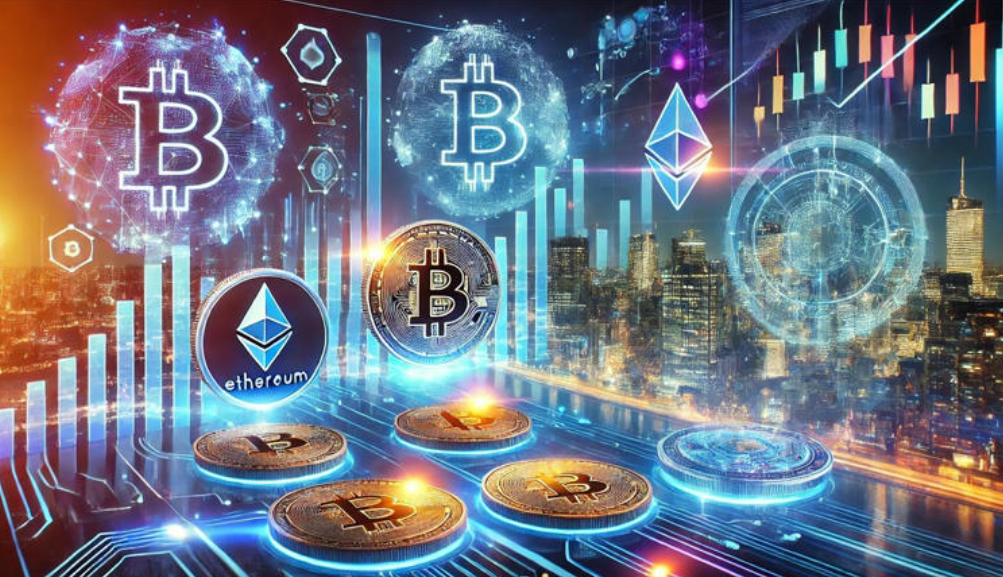As 2023 progresses, the intersection of decentralized finance (DeFi) and non-fungible tokens (NFTs) emerges as a pivotal theme within the crypto space. This convergence offers innovative financial solutions and expands the utility of digital assets beyond mere collectibles. However, the implications of evolving regulatory frameworks pose challenges that could redefine these trends. Understanding the dynamics at play is essential for grasping the future landscape of digital finance and its potential impact on global markets.
The Rise of DeFi: Democratizing Financial Services
As decentralized finance (DeFi) continues to gain traction, it is reshaping the landscape of financial services by providing unprecedented access to a broader audience.
Central to this transformation are liquidity pools and yield farming, which empower users to earn passive income and participate in financial activities previously reserved for the privileged.
This democratization fosters innovation, enhances financial inclusion, and aligns with the ethos of freedom in finance.
See also: Crypto 101: A Beginner’s Guide to Understanding Cryptocurrency
NFTs Beyond Art: Expanding Use Cases and Adoption
While the initial perception of non-fungible tokens (NFTs) was heavily tied to digital art and collectibles, their potential applications are rapidly diversifying across various sectors.
Gaming applications leverage NFTs to enhance player ownership and in-game economies, while music royalties are increasingly being managed through blockchain, ensuring artists receive fair compensation.
This evolution signifies a broader adoption of NFTs in everyday transactions and experiences.
Integration of DeFi and NFTs: A New Financial Ecosystem
The convergence of decentralized finance (DeFi) and non-fungible tokens (NFTs) is reshaping the landscape of digital finance, creating a novel ecosystem that enhances liquidity, ownership, and user engagement.
This integration facilitates the establishment of liquidity pools, allowing for fractional ownership of high-value assets. Consequently, it democratizes access to investments, empowering users to participate in a previously exclusive financial arena.
Regulatory Landscape: Navigating Challenges and Opportunities
How can the evolving regulatory landscape shape the future of decentralized finance and NFTs?
Regulatory frameworks are increasingly scrutinizing these sectors, presenting compliance challenges that could stifle innovation or foster legitimacy.
Navigating these complexities requires adaptability, as stakeholders must balance freedom with accountability.
Understanding and responding to regulatory dynamics will ultimately define the trajectory of DeFi and NFTs in the broader crypto ecosystem.
Conclusion
As 2023 progresses, the fusion of DeFi and NFTs presents not just a trend, but a transformative wave in the financial landscape, akin to a phoenix rising from the ashes of traditional finance. This evolution promises enhanced inclusivity and innovation, yet it is tethered to the looming influence of regulatory frameworks. Will these emerging technologies soar to new heights, or will regulatory constraints clip their wings? The answers lie in the careful navigation of challenges and opportunities ahead.



